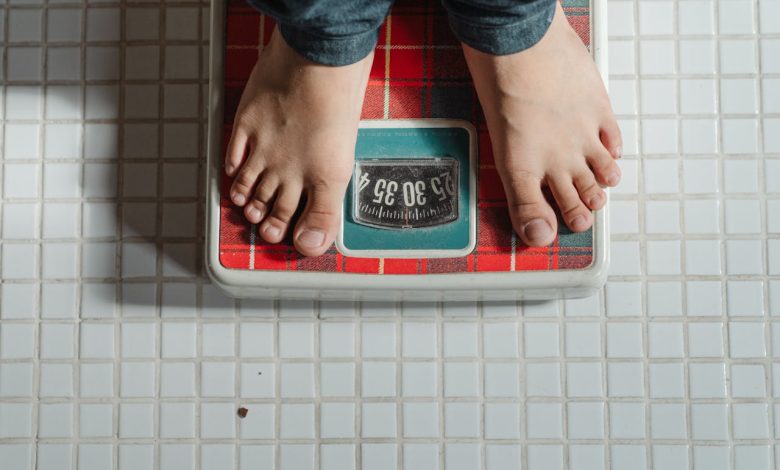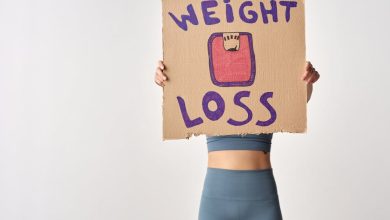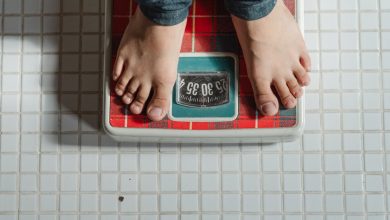How Many Calories Should You Really Eat to Lose Weight?

When it comes to losing weight, the first question most people ask is, “How many calories should I eat?” It sounds simple, but the answer depends on a few personal factors. The real goal isn’t just cutting calories—it’s finding the right balance that allows you to lose fat without feeling starved, tired, or wrecking your metabolism.
1. Understand Your Baseline: Maintenance Calories
Before you can cut calories, you need to know how many you burn just to maintain your current weight. This is called your maintenance calorie level. It’s the number of calories your body needs to fuel daily activities, workouts, and basic functions like breathing and digestion.
How to find it: Use a Total Daily Energy Expenditure (TDEE) calculator online. It considers your age, gender, weight, height, and activity level. The result is a good estimate of how many calories you need per day to stay the same weight.
2. Create a Calorie Deficit—But Don’t Go Too Low
To lose weight, you need to eat fewer calories than your body burns. This is known as a calorie deficit. However, slashing calories too aggressively can backfire. It can slow your metabolism, cause muscle loss, and leave you constantly hungry.
The sweet spot: A daily deficit of 300–500 calories is enough to lose about 0.5 to 1 pound per week—a safe and sustainable rate. For example, if your TDEE is 2,200 calories, aim to eat around 1,700–1,900 daily to start.
3. Focus on Nutrient-Dense Foods
All calories are not created equal. A diet of 1,800 calories from fast food will affect your body differently than 1,800 calories of whole, nutrient-rich foods. Quality matters, especially when you’re eating less.
What to eat: Fill your plate with lean protein, whole grains, fruits, vegetables, and healthy fats. These foods not only keep you full but also provide the nutrients your body needs to function well during weight loss.
4. Don’t Forget to Adjust as You Go
As you lose weight, your calorie needs change. A lighter body burns fewer calories, which means what worked at the beginning might not work forever. If your weight loss stalls, it may be time to re-calculate your TDEE and adjust your intake.
Track progress: Use tools like food tracking apps, a bodyweight scale, or progress photos to stay on top of how your body is responding.
5. Exercise Helps—but It’s Not a Free Pass
Exercise boosts your calorie burn and helps preserve muscle, but it’s not an excuse to overeat. Many people overestimate how many calories they burn and end up negating the deficit they created.
Stay balanced: Use exercise as a support tool—not the main method—for weight loss. Prioritize strength training and regular movement, but don’t rely on the gym to fix a poor diet.
Conclusion
There’s no one-size-fits-all calorie number for weight loss. The key is to calculate your maintenance level, create a moderate deficit, and focus on whole foods. Monitor your progress, adjust when needed, and remember—consistency beats perfection every time.


